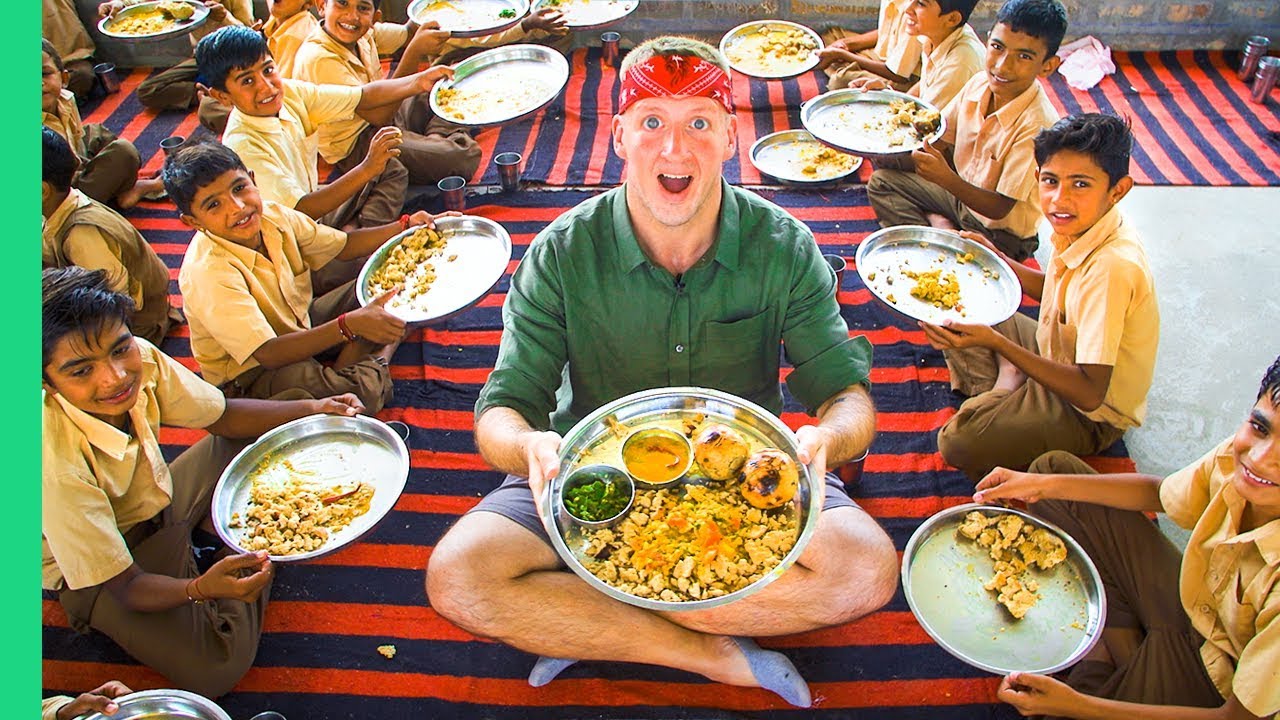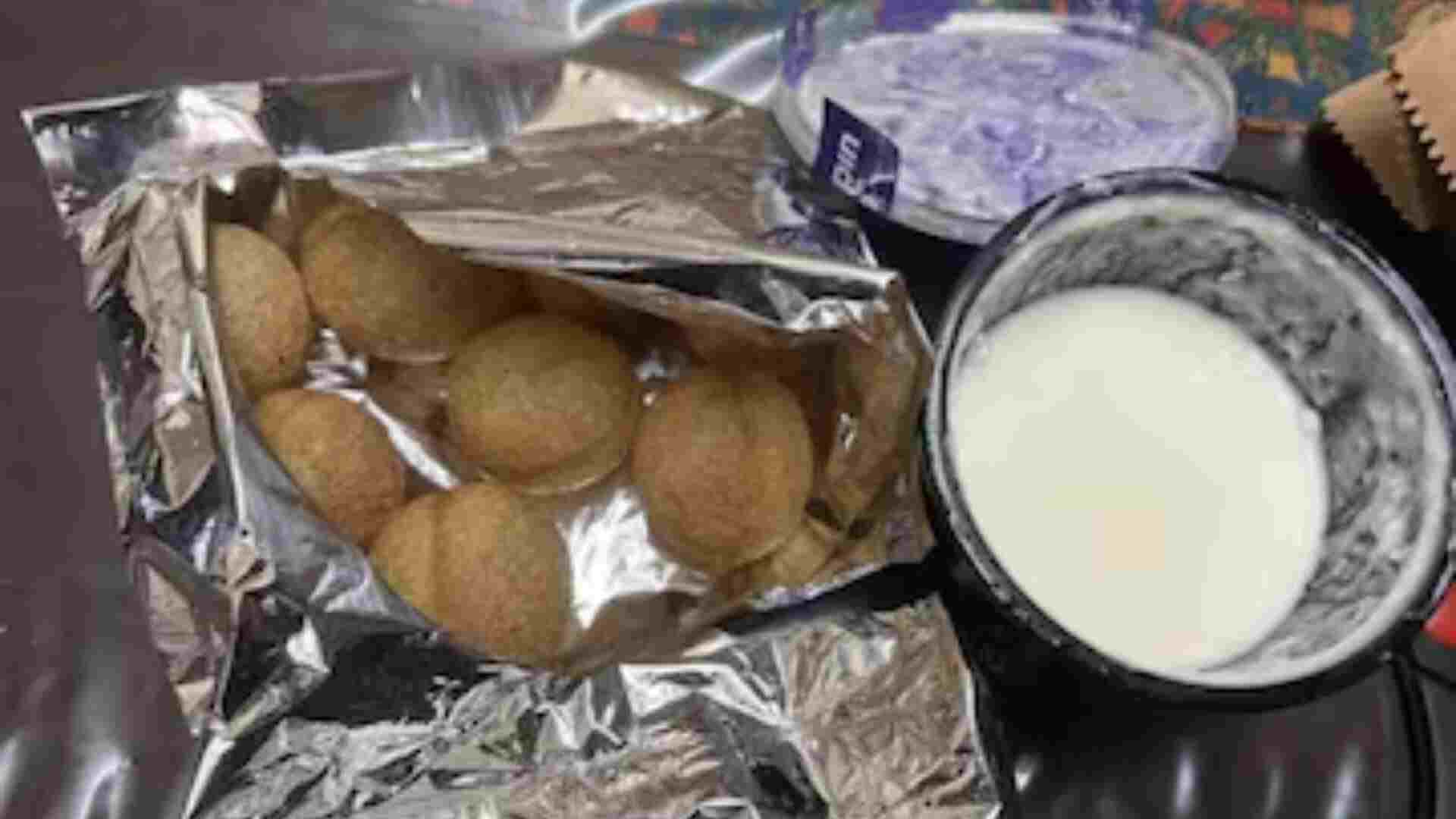
Rajasthan, the sprawling desert expanse in western India, has a history steeped in tales of valor, chivalry, and battles. Amidst the arid landscapes and ancient forts, a humble yet robust dish emerged as the sustenance for the brave warriors who once defended these lands – Dal Bati. More than just a culinary delight, Dal Bati served as a survival food, providing the energy and nutrition needed by the ancient soldiers of Rajasthan. Today, its significance transcends the pages of history, finding relevance in the modern world as a nutritious and hearty meal.
Nutritional Benefits for Ancient Warriors:
The nutritional profile of Dal Bati made it an ideal choice for the ancient soldiers of Rajasthan. Lentils, a key component of the dish, are rich in protein, essential for muscle repair and stamina. The whole wheat used in Bati provided complex carbohydrates, ensuring a slow release of energy, vital for the endurance required during battles and long marches across the desert.
In addition to the macronutrients, the dish incorporated a variety of spices, each with its medicinal and nutritional properties. Turmeric, cumin, coriander, and other spices not only added flavor but also contributed antioxidants and anti-inflammatory agents. This holistic approach to nutrition was essential for the soldiers to maintain their physical health and combat readiness in the challenging conditions of Rajasthan.
Preparation in the Battlefield:
The preparation and consumption of Dal Bati were not merely culinary rituals; they were strategic maneuvers in the battlefield logistics. Soldiers could carry the ingredients in a dried or semi-dried form, minimizing the weight and preserving the shelf life. The simplicity of the cooking process, especially the baking of Bati in makeshift ovens, allowed the soldiers to prepare a hot and nourishing meal even in the most rudimentary camp setups.
The smoky flavor imparted by baking Bati in makeshift ovens was not just a culinary quirk; it also served a practical purpose. The aroma of Dal Bati being cooked could be both a morale booster for the soldiers and a sign of camaraderie, creating a sense of community in the face of adversity.
Culinary Adaptations across Dynasties:
Different dynasties that ruled Rajasthan brought their culinary influences to the preparation of Dal Bati. The Rajputs, known for their valor and love for rich, hearty meals, might have added a touch of extravagance with extra ghee and spices. The Mughals, with their culinary finesse, could have introduced a more refined flavor profile to the dish.
These adaptations showcase how Dal Bati was not just a survival food but also a reflection of the cultural amalgamation that characterized the history of Rajasthan. The dish became a symbol of unity among the diverse warrior clans who, despite their differences, shared a common understanding of the importance of a nutritious and enduring meal.
Adaptations in Military Cuisine:
Modern military forces recognize the importance of nutrition in maintaining the physical and mental well-being of their personnel. The adaptability of Dal Bati has led to its incorporation into military cuisine, with chefs in military kitchens experimenting with variations that meet the nutritional requirements of soldiers while ensuring practicality in terms of storage and preparation.
The use of modern equipment, such as portable ovens and pre-packaged ingredients, has streamlined the cooking process, allowing soldiers to enjoy the benefits of Dal Bati even in the most challenging environments. The dish has become a symbol of sustenance and cultural heritage, fostering a sense of connection with the historical warriors who once traversed the same landscapes.
Culinary Tourism and Cultural Preservation:
The rich history and cultural significance of Dal Bati have not gone unnoticed by the growing trend of culinary tourism. Visitors to Rajasthan are often eager to experience the traditional preparation of Dal Bati, sometimes even participating in the cooking process. This cultural exchange not only promotes tourism but also ensures the preservation of culinary traditions that have stood the test of time.
Cooking workshops and demonstrations offer a glimpse into the historical significance of the dish, connecting the present generation with the culinary heritage of Rajasthan. The aroma of Bati baking in traditional clay ovens serves as a sensory time machine, transporting participants to an era when the dish was not just a meal but a symbol of survival and strength.
The dish’s nutritional profile makes it an excellent source of sustained energy, vital for individuals working in the fields or herding livestock under the scorching sun. The adaptability of Dal Bati to the desert environment has made it a staple in the diet of the people of Rajasthan, ensuring that they receive the essential nutrients needed to thrive in challenging conditions.
Recipe:The Ingredients:
The magic of Dal Bati lies in its simplicity and the artful combination of a few key ingredients. Let’s break down the components that make this dish a gastronomic delight:
Dal (Lentils): The heart of the dish, the dal, is a melange of lentils cooked to perfection. These lentils, often a mix of yellow and green varieties, are simmered with a medley of spices that include cumin, coriander, turmeric, and garam masala, creating a rich and flavorful base.
Bati (Wheat Dumplings): Bati, the soul of the dish, is a delightful creation made from whole wheat flour. The flour is kneaded into a dough, shaped into round balls, and then baked until golden brown. Traditionally, batis are baked in a mud or clay oven known as a “tandoor,” imparting a distinct smoky flavor and a crispy exterior.
Spices and Aromatics: What elevates Dal Bati to a culinary masterpiece are the aromatic spices like cumin, coriander, turmeric, and garam masala. These spices not only infuse the dish with a rich and complex flavor profile but also contribute to its vibrant color.
Ghee (Clarified Butter): No Rajasthani dish is complete without the golden richness of ghee. A dollop of ghee added to the dal and generously smeared over the hot batis not only enhances the taste but also serves as a nod to the traditional cooking methods of the region.
The Recipe:
Dal:
Ingredients:
Instructions:
Bati:
Ingredients:
Instructions:
The Experience:
The dining experience of Dal Bati is a sensory journey. As you break open the crispy bati, the aroma of smoky wheat wafts through the air. Pairing it with the creamy dal creates a harmonious blend of textures and flavors – the crunch of the bati contrasting with the velvety richness of the lentils. The addition of ghee adds a luxurious touch, tying the elements together into a culinary masterpiece that leaves a lasting impression.
Conclusion:
The adaptability of Dal Bati, both in terms of its preparation and its cultural significance, highlights its timelessness. As we savor this iconic dish in the present, we are not just enjoying a delicious meal; we are partaking in a tradition that has been passed down through generations of warriors, embodying the resilience, resourcefulness, and unity that define the spirit of Rajasthan. In each bite of Dal Bati, the echoes of ancient battles and the triumph of survival resonate, reminding us that some legacies are best tasted to be truly understood.















